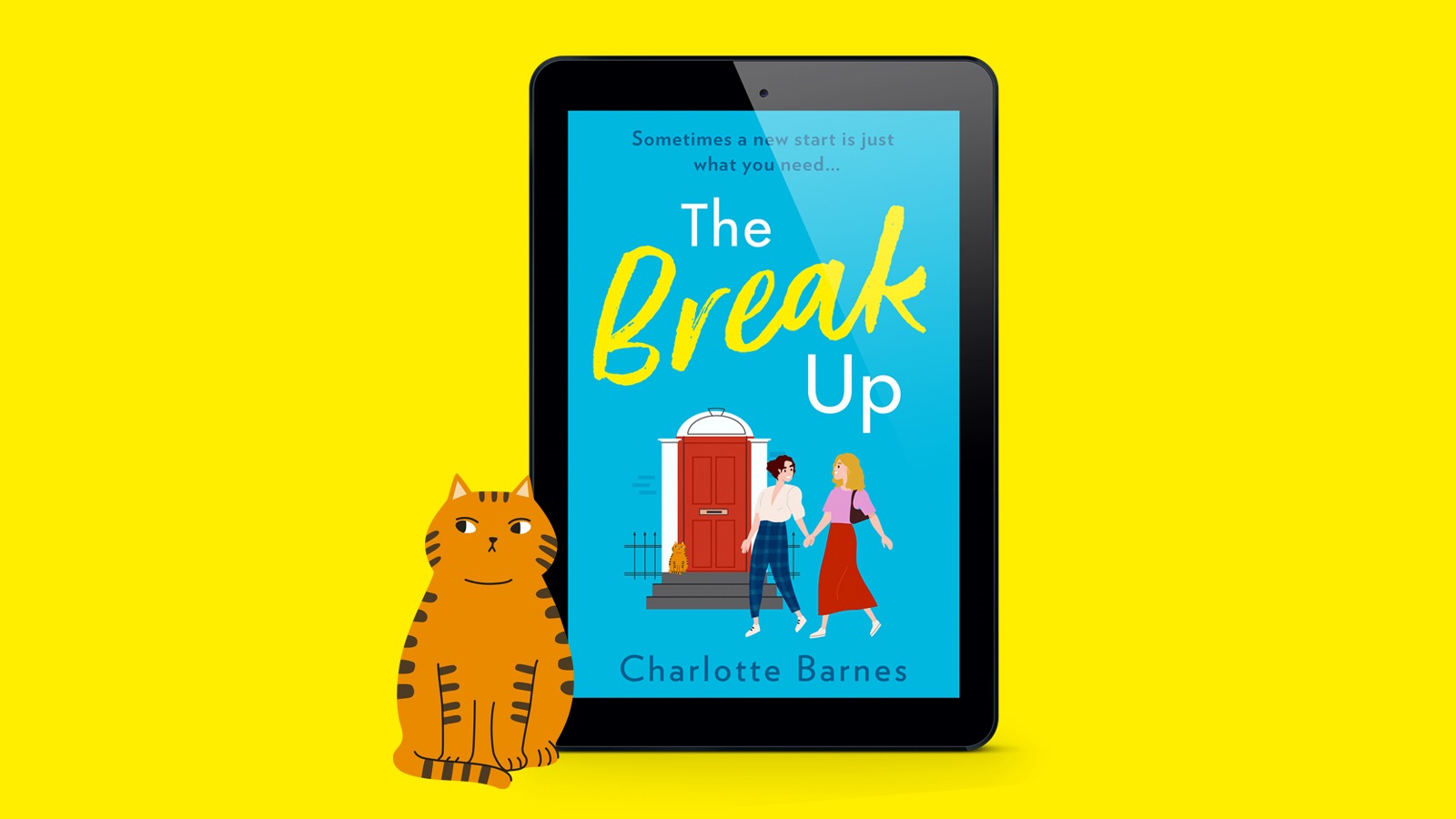Charlotte Barnes, author of The Break Up, shares her thoughts on the importance of LGBTQI+ representation in contemporary fiction.
The first time I read of an LGBTQI+ romance in fiction, it was Stella Duffy’s Calendar Girl. I don’t remember my age exactly. Though I remember the feelings of amazement, curiosity and intrigue. Little did I know, then, that it would be a long time before I found openly gay, lesbian or otherwise queer characters in fiction again. I wasn’t reading the right books, of course, though I also wasn’t being taught that these books existed…
Since, now I’m catapulted into a world of writing for a living – or at least in part, when I’m not teaching writing that is – I’ve found in recent years that I’ve been slyly incorporating LGBTQI+ characters into my writing: plot twists that go unaddressed. To begin with, I remember feeling like it was an achievement to smuggle these characters into my crime fiction – which is where my focus lay at the time. Though I’ve since realised it isn’t an achievement to covertly introduce these characters at all. There needn’t be cloaks and daggers – unless that’s what you’re into, of course – because these are characters that should have been there all along.
Who we are as people – in terms of gender, sexuality, body type and so much more – exists on a constantly evolving spectrum. It seems only right, then, that our characters are afforded that same experience. Characters should be allowed to experiment with themselves, and our modern fiction needs to represent that for a modern reader – who may be sitting with a book on a train, in a coffee shop, or in the bath, having their own wonderings about representation. Admittedly, when it comes to this fiction, mistakes will be made. No one single book can be every thing to every reader, or every underrepresented group or minority. In the interest of learning though – educating ourselves and others, that is – it’s essential that we introduce more diverse characters into modern-day writing, whether it be romance or thrillers, or something on the sliding scale of genres in between.
Edi – the leading lady in my debut comedy The Break Up – has never been a position to experiment with her sexuality. She comes from a stereotypically “good” background; she has a supportive network of friends; she’s engaged to the only man she’s ever been sexually intimate with. In many ways, Edi’s life is what I would describe as charmed at the opening of her story; ideal or even idealised. It isn’t until her comfort zone is cracked open that she starts to wonder who she really is. I may not be able to speak for all of Edi’s experience in a direct way. I was not jilted by the man I was engaged to, though I have friends who were jilted by their own partners. I haven’t had the online dating experiences that Edi has, though I certainly had some eye-watering ones in my early twenties. I haven’t met an exceptionally beautiful woman and had my world turned as a result. Though I have friends who have experienced some of these things and more besides – and there are a few of my own experiences that have made it into this book, too, although I’ll leave it for readers to guess at which.
In the same way that we move and live and find ourselves, characters in modern fiction also need to. It’s important for the current generation of readers, and the next, to see these shared experiences as things that are fairly and openly represented. This doesn’t necessarily mean sugar-coating everything, nor does it mean being bullish or deliberately offensive (though some characters might be, because some people might be). What it does mean, though, is looking at the beautifully diverse world we live in and finding ways to authentically seed that into our writing – for us, and for the next wave of people who are finding themselves in the folds of a novel. I – as a reader and as a writer – don’t want to have to search for characters who are gayer than I originally thought (a direct headline, by the way, that I found when doing background reading for this post). I want them to be out there, in the open span of fresh white pages; finding themselves, and learning.
The Break Up is available to pre-order now. Out March 25th.


